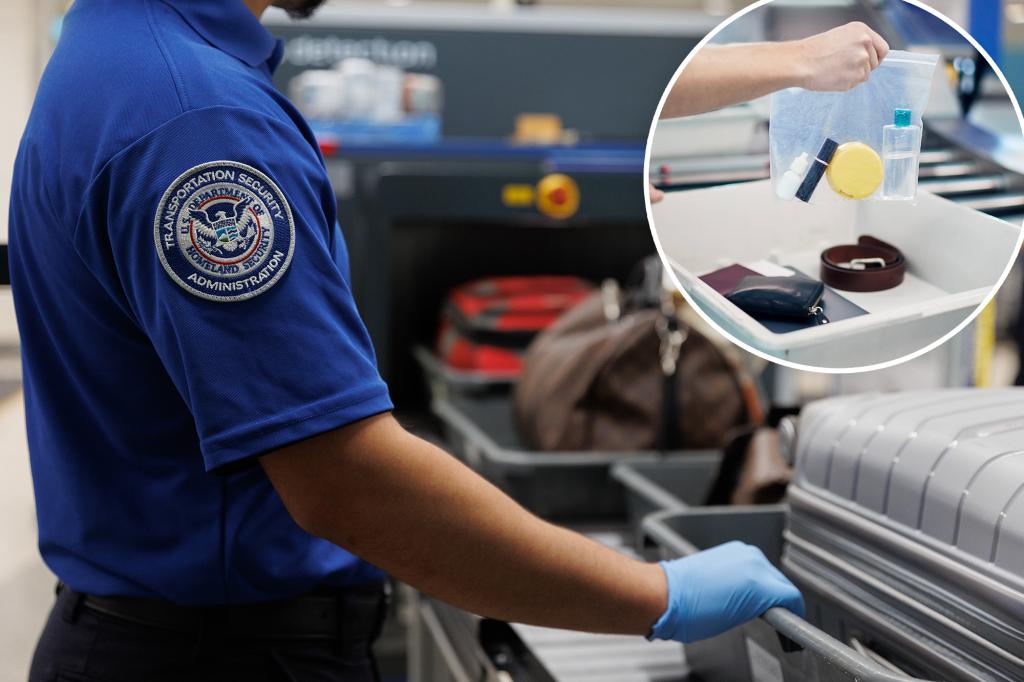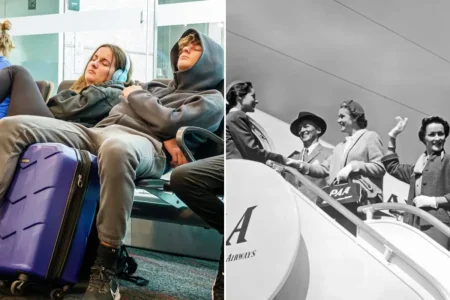TSA Updates Travel Guidelines: Electric Toothbrushes, Hair Tools, and Changing Security Procedures
The Transportation Security Administration (TSA) continues to evolve its guidelines for air travelers, recently adding special instructions for electric toothbrushes to its list of regulated items. This update represents just one of several changes to airport security procedures that travelers should be aware of before their next flight. While these regulations may sometimes feel burdensome, they’re designed with passenger safety in mind, even as the TSA works to streamline the security experience where possible.
For those who rely on electric toothbrushes to maintain their oral hygiene while traveling, the TSA has issued important guidance that depends on the type of battery your device uses. Electric toothbrushes with lithium batteries must be packed in carry-on luggage rather than checked bags. This requirement exists because lithium battery fires require special handling by flight crews, who can only respond properly if the device is in the cabin. Similarly, any spare lithium batteries must also remain in your carry-on luggage. If you prefer to pack your electric toothbrush in checked luggage, you’ll need to ensure it’s completely powered off and properly protected to prevent accidental activation or damage during transit. These precautions help minimize the risk of battery-related incidents that could compromise flight safety.
Hair styling tools have also received attention in the TSA’s guidelines, with specific rules for cordless devices that use gas cartridges or butane as power sources. These items, including certain curling irons and flat irons, are strictly prohibited in checked luggage due to their flammable components. However, travelers don’t need to sacrifice their hair care routines while away from home. These styling tools are permitted in carry-on bags, where they can be more closely monitored throughout the journey. The distinction between carry-on and checked bag permissions highlights the TSA’s risk assessment process: items that might pose a fire hazard are either banned entirely or kept in the cabin where incidents can be immediately addressed by trained personnel.
In a welcome development for travelers, the TSA has recently relaxed one of its most notorious security requirements. As of July 7, 2023, passengers are no longer required to remove their shoes during the standard screening process. This policy change ends a practice that has been in place since the early 2000s, following an incident in 2001 when Richard Reid, nicknamed the “Shoe Bomber,” attempted to smuggle explosives onto a flight in his footwear. For over two decades, only travelers enrolled in TSA PreCheck have been spared the inconvenience and discomfort of walking barefoot or in socks across airport floors. This shift suggests the TSA is reevaluating long-standing procedures based on evolving security technologies and threat assessments.
The potential for further relaxation of TSA rules has been hinted at by Department of Homeland Security Secretary Kristi Noem, who has expressed interest in reviewing the restrictions on liquids, aerosols, and gels. Since taking office, Noem has adopted a questioning approach to TSA procedures, suggesting that the 3-1-1 liquid rule (limiting containers to 3.4 ounces or less, all fitting within a single quart-sized bag) might be the next regulation to see modification. While no official changes have been announced yet, Noem’s comments at the inaugural Hill Nation Summit indicate that the department is actively considering whether current liquid restrictions remain necessary given advances in screening technology and changing security priorities.
As air travel continues to evolve, passengers face the ongoing challenge of keeping up with changing security regulations. The TSA’s mission to balance thorough security screening with passenger convenience creates a dynamic set of rules that requires travelers to stay informed before each trip. From electronic devices with batteries to personal care appliances, and from shoe policies to liquid restrictions, the details matter when preparing for a smooth airport experience. While some requirements may seem arbitrary or excessive, they each stem from specific security concerns and risk assessments. As screening technologies advance and threat profiles change, we can expect the TSA to continue refining its approach—ideally moving toward a security process that maintains high safety standards while reducing passenger inconvenience. Until then, travelers would be wise to check the latest guidelines before packing for their next flight.















